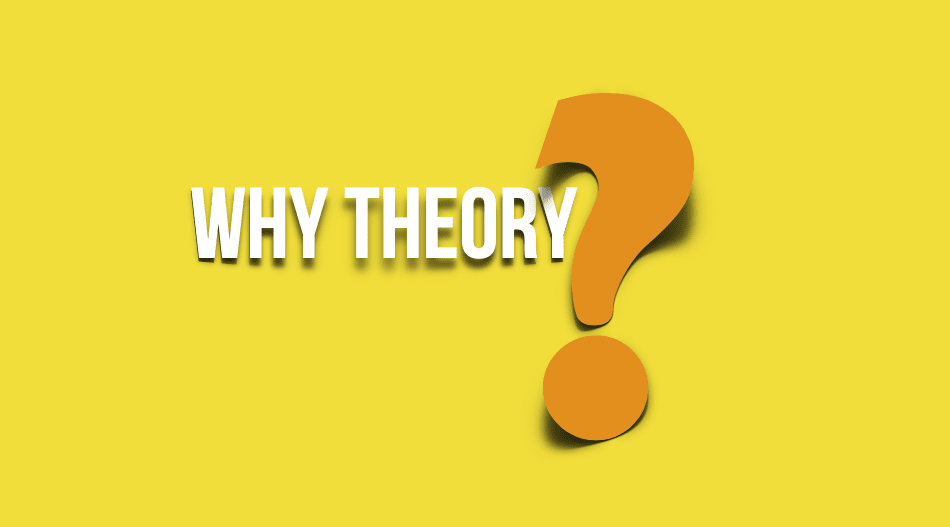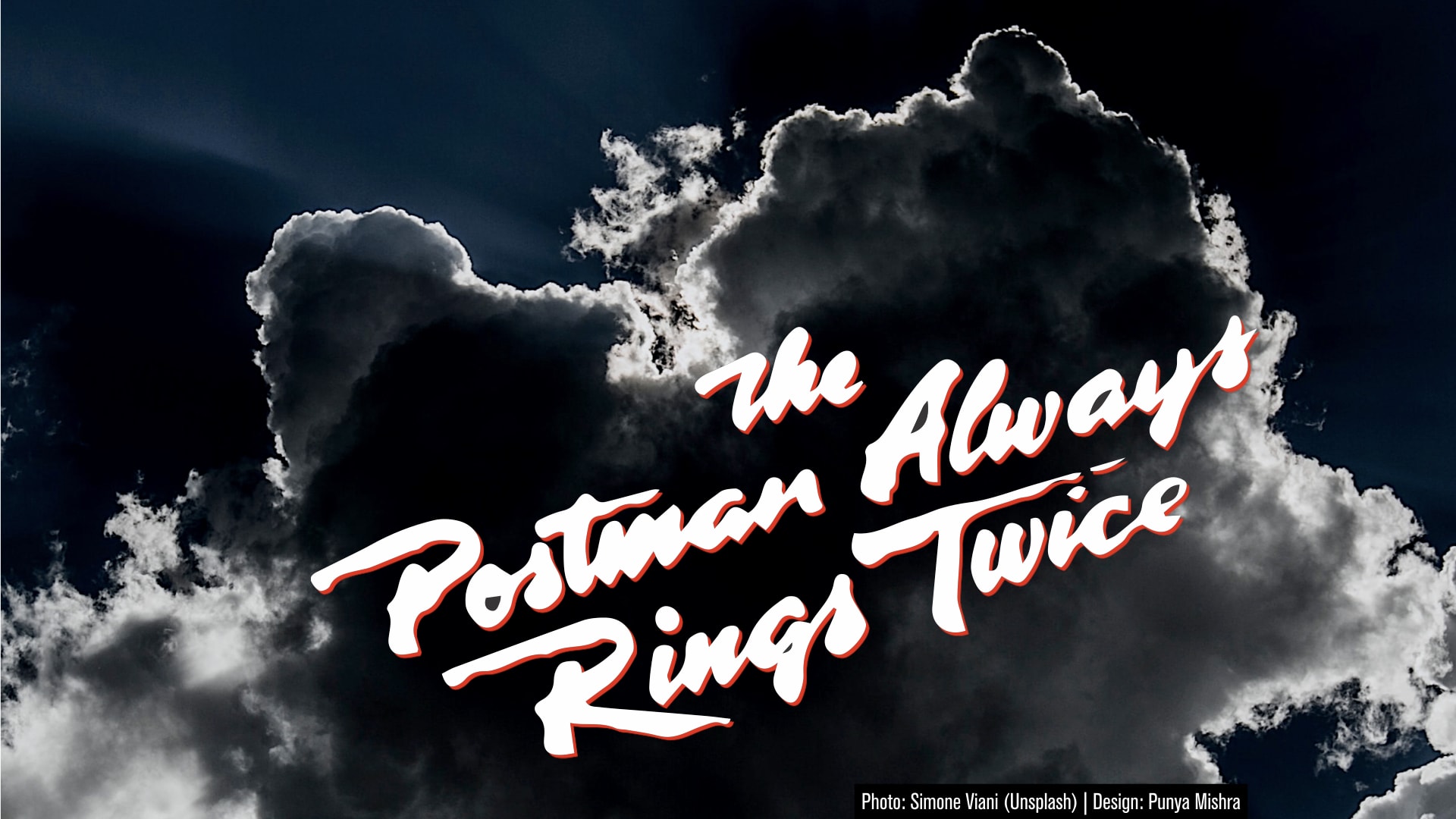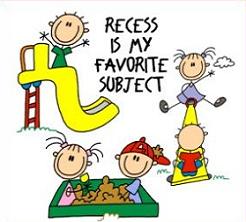Note: There are two key updates / correction to this post
- The first has to do with a couple of things that I either got wrong, or rushed over. More about that at Update on “The TPACK story” or “Oops!“
- The second has to do with an update to the diagram itself that came in 2018, prompted by identifying a semantic inconsistency in the diagram (particularly around the idea of context). More about that at The TPACK Diagram gets an upgrade.
I was recently invited to speak at the fall Doctoral Research Forum for the Mary Lou Fulton Teachers College on the ASU West campus. (A bit more context about the event, from a couple of years ago, can be found in a blog post by my colleague Sherman Dorn titled “Observations from a Doctoral Research Forum“). In speaking with Craig Mertler, who directs the EdD program here, I thought it best to speak about the role of theory in research. This is something that troubles graduate students a lot as they move through the program (and I have posted about it earlier here and here). I contextualized the discussion within the history of the work that Matt Koehler and I did in developing the TPACK framework. This was a fun talk to create and share. I created a narrated video of the slides of the talk, embedded below:
Note: There is an update / correction to this post which
can be found here: Update on “The TPACK story” or “Oops!“





Tetrahedrons!